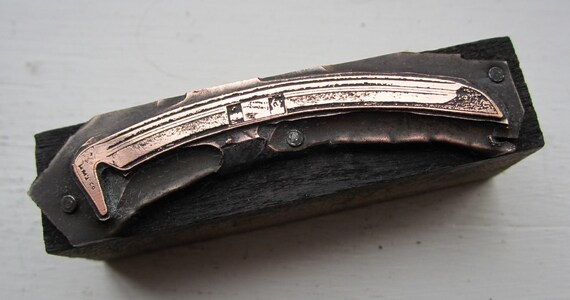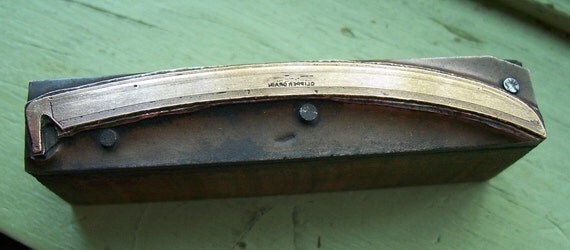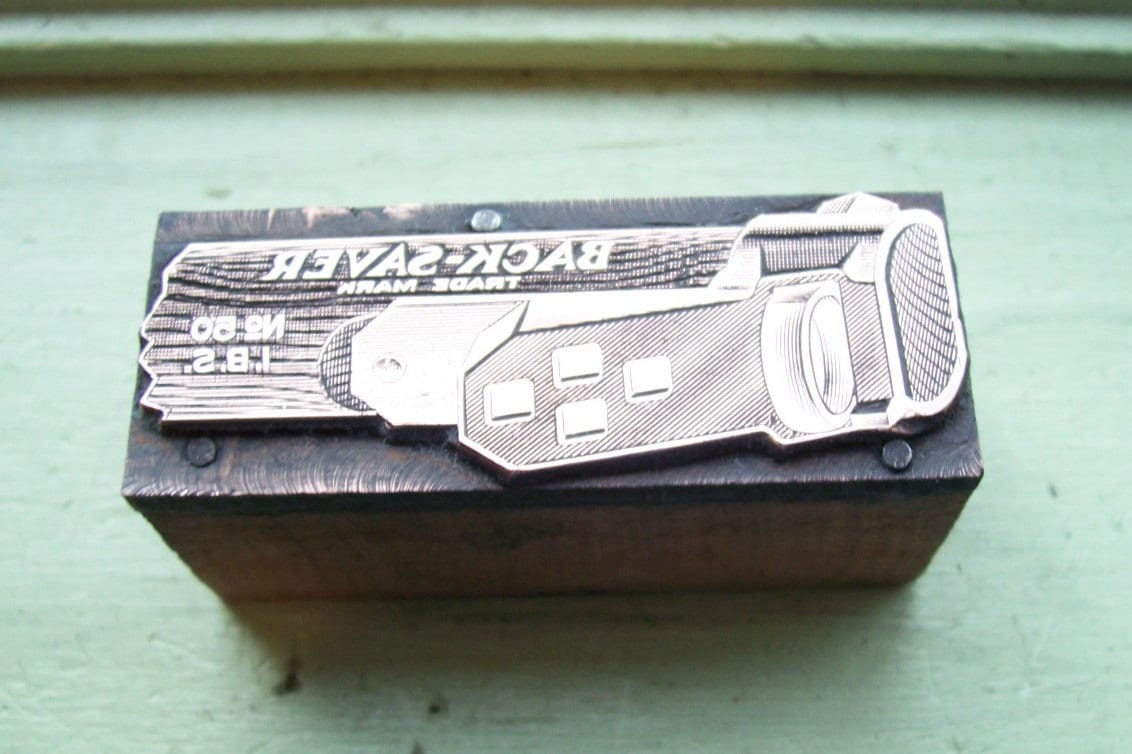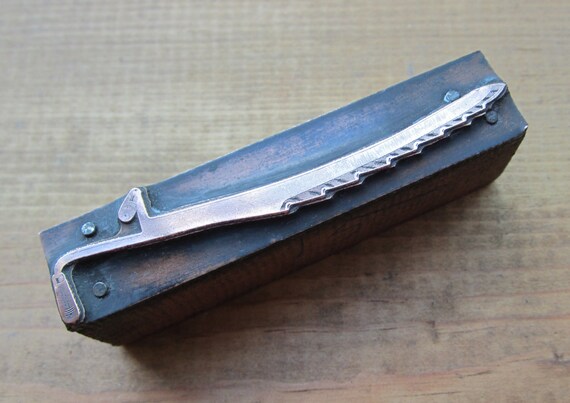Here's a book from the '70s with some articles regarding the American scythe in Chapter 6, Harvesting Equipment:
"
Tools for Homesteaders, Gardeners, and Small-Scale Farmers",
edited by Diana S. Branch, Rodale Press, 1978
Articles about the American scythe include:
"Bring on the Scythe" by Drew Langsner
"Build-It-Yourself Grain Cradle" by Richard Weinsteiger
"Hand Mowing: Few Have the Skill to Swing a Scythe -- Properly" by Steve Taylor
A quote from the above article by Steve Taylor:
"A man who can handle a scythe as gracefully and efficiently as anyone in New Hampshire is Stanley Colby of Cornish, a retired agricultural extension agent for Sullivan County and now a town selectman and amateur historian. Colby grew up on a river farm in Plainfield. His father declined to do hand mowing when Stanley approached manhood, and so the boy had to learn. Colbys grandfather. Albon Wood, instructed him on mowing by hand with a scythe, and coached him for a year or two. Wood could mow all day long and hardly work up a sweat, Colby recalls. Colby is willing to coach greenhorns today. much as his grandfather did him a half century ago."
"There's not much to it. You just have to know how to mow, how to sharpen a scythe, and how to set the nibs. The nibs are the handles affixed to the snath, which is the curved handle of the tool. The scythe is the metal blade which does the actual cutting. You should set the nibs so theyre comfortable and then hold the tool in a normal position close to your body. The tip of the scythe should then be at your left foot."
'Then you do it. You keep your heel down, stand up tall. If you bend forward, youll be a basket case in no time,' Colby advises."
The book can be downloaded here, it's a big book (over 500 pages) and a big file:
http://www.fastonline.org/CD3WD_40/JF/417/06-257.pdf






